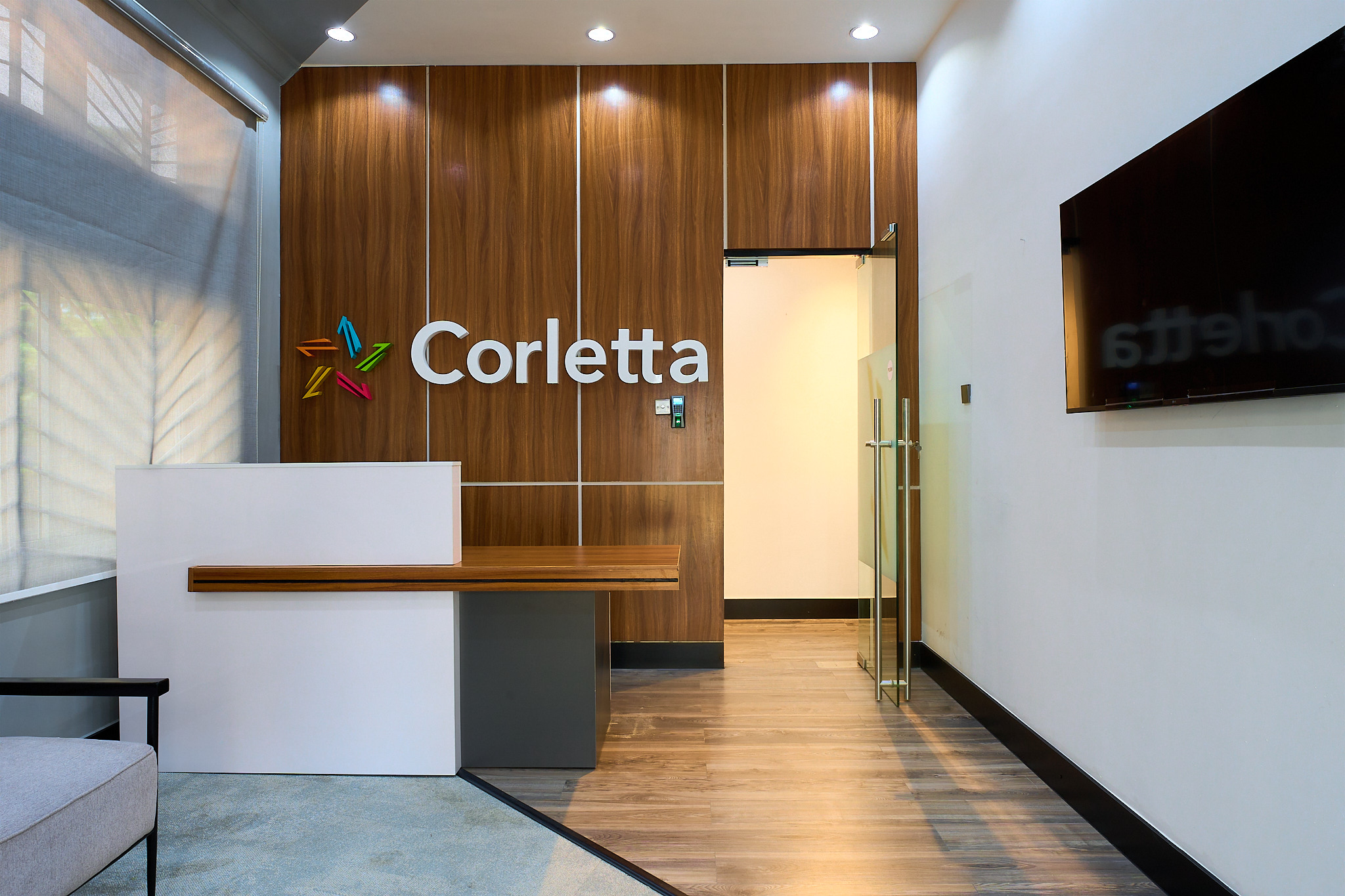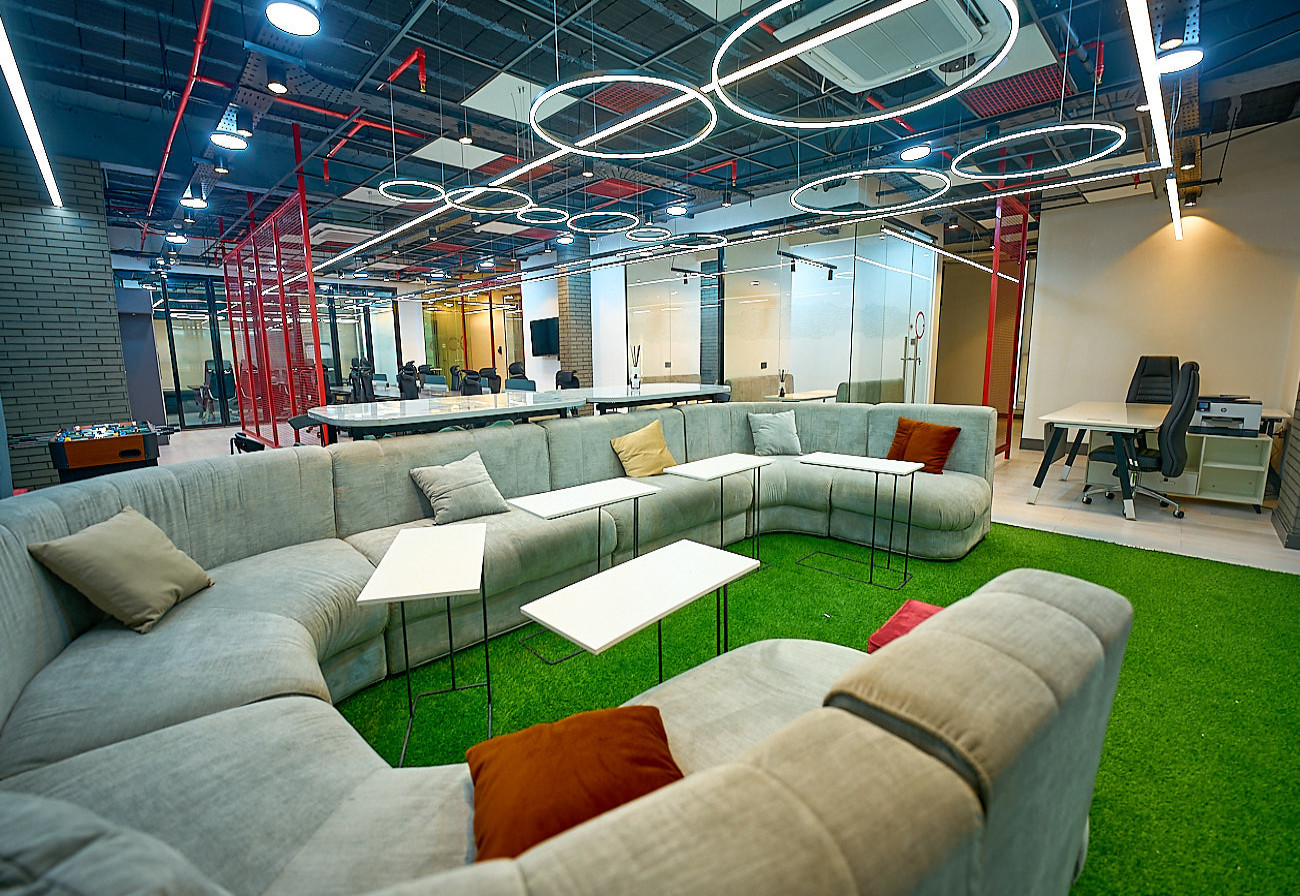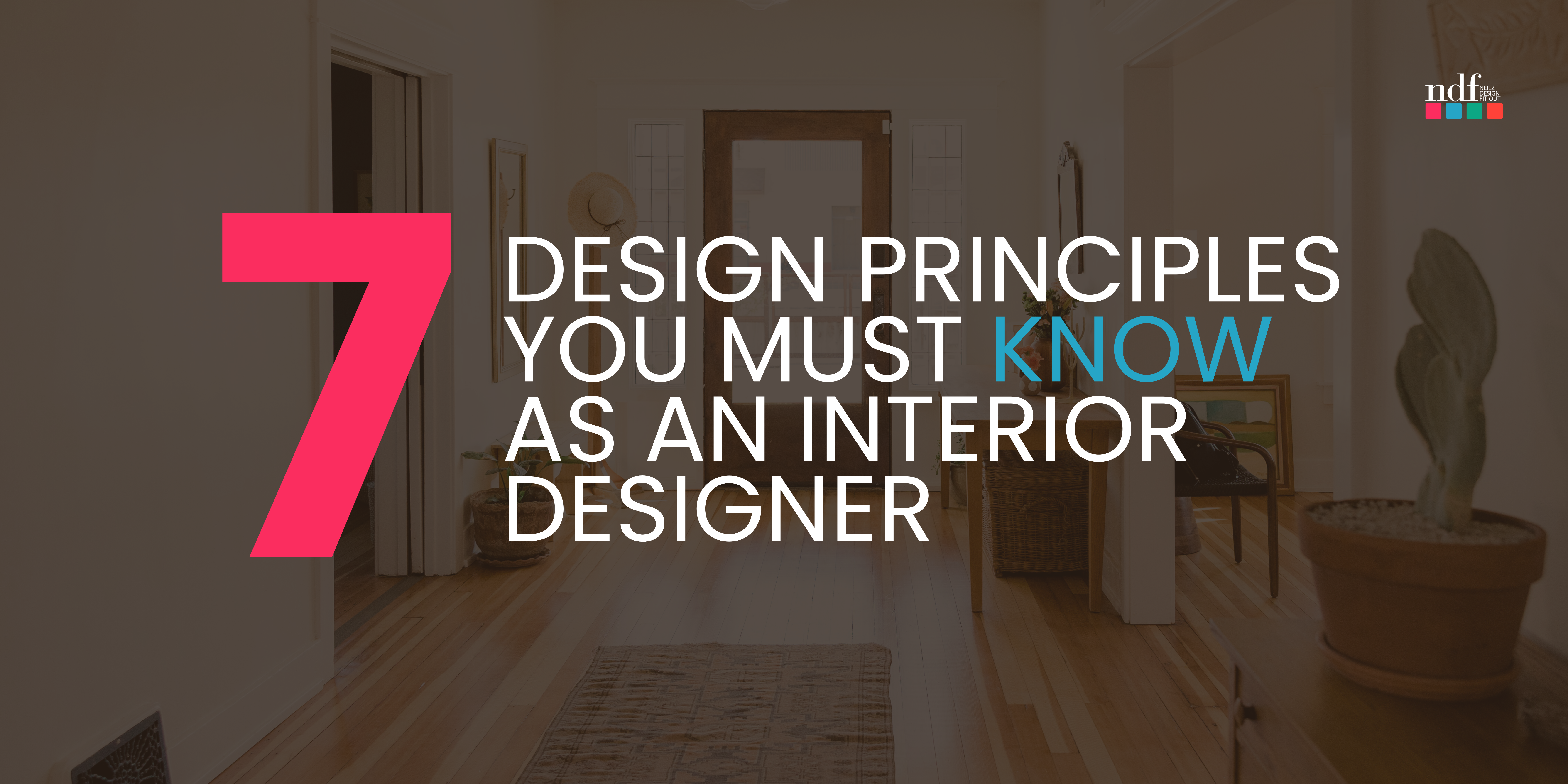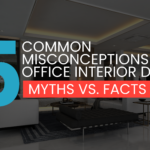7 Design Principles You Must Know As An Interior Designer
“Everything is designed. Few things are designed well” says Brian Reed. It takes understanding and implementing the interior design principles to create spaces that are aesthetically pleasing and functional.
In this article, I will be sharing 7 important design principles every interior designer must know and adhere to create spaces that resonate with clients’ needs and preferences.
7 Design Principles Explained
It is pertinent to note that the Key Design elements cut the design industry however this article focuses on how these principles impact the interior design industry. The design principles are Balance, Contrast, Emphasis, Scale, Harmony, Proportion and Rhythm.

1. Balance
Balance refers to the distribution of visual weight in a space. It can be symmetrical, where elements are mirrored on either side of a central axis, or asymmetrical, where different objects have equal visual weight. For instance, a balanced lounge area with sets of high chairs on both sides of a dining table.
2. Rhythm
Rhythm in interior design involves creating patterns of repetition and contrast to guide the eye through a room. This can be achieved through repeated colors, shapes, or textures.
For example, using the same accent color on the floor finish throughout a workspace to create a rhythmic and cohesive look.
3. Proportion and Scale
Proportion relates to the size of elements in relation to each other and the space as a whole while scale is the sizes of the elements and sub elements compliments and contrast each other. Proper proportion ensures that furnishings and decor fit comfortably within a room. A well-proportioned work area , for instance, should leave enough space for chairs to be pulled out and for movement around the table.
4. Harmony
Harmony can also be called Unity. This is achieved when all elements in a space work together to create a unified and aesthetically pleasing whole. This involves careful coordination of colors, textures, and styles.
A harmonious boardroom might use a soothing color palette and matching furniture pieces to create a vibrant environment.
5. Emphasis
Emphasis involves creating a focal point in a room to draw attention. This can be a piece of artwork or a bold piece of furniture. Emphasis adds interest and anchors the design, providing a visual anchor.
6. Contrast
Contrast is the various elements that are used to create an opposite attractive feel. This is put together to create an aesthetic cadence. The elements that can be used for contrasting feels are colour, texture, patterns, shapes, styles, etc. For example a glossy floor finish with a matte furniture in an office space interior.
7. Details
These are the minor details infused in the design to create a style and personality in the space. This is created through a form of organisation, coordination and specifications in the finishing touches of a designed space. For example, the picture frames, the position of the wall clock, the brand colours of a company are all part of the details that creates a unique space.
5 Practical Tips for Integrating Design Principles
1. Start with a Focal Point: Choose an element that will serve as the centerpiece of your design.
2. Balance Elements: Distribute visual weight evenly across the space.
3. Create Rhythm: Use repetition and contrast to move the eye around the room.
4. Consider Proportion: Ensure that all elements are sized appropriately for the space.
5. Maintain Harmony: Coordinate colors, textures, and styles for a cohesive look.





Leave a Reply